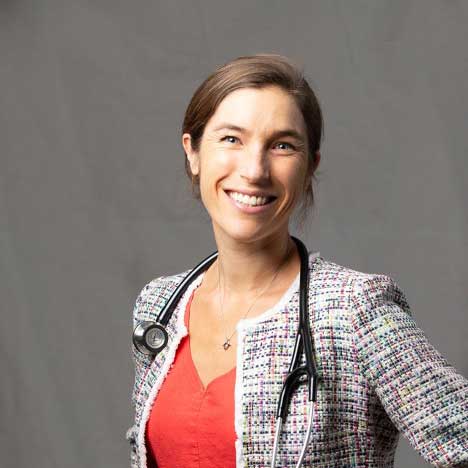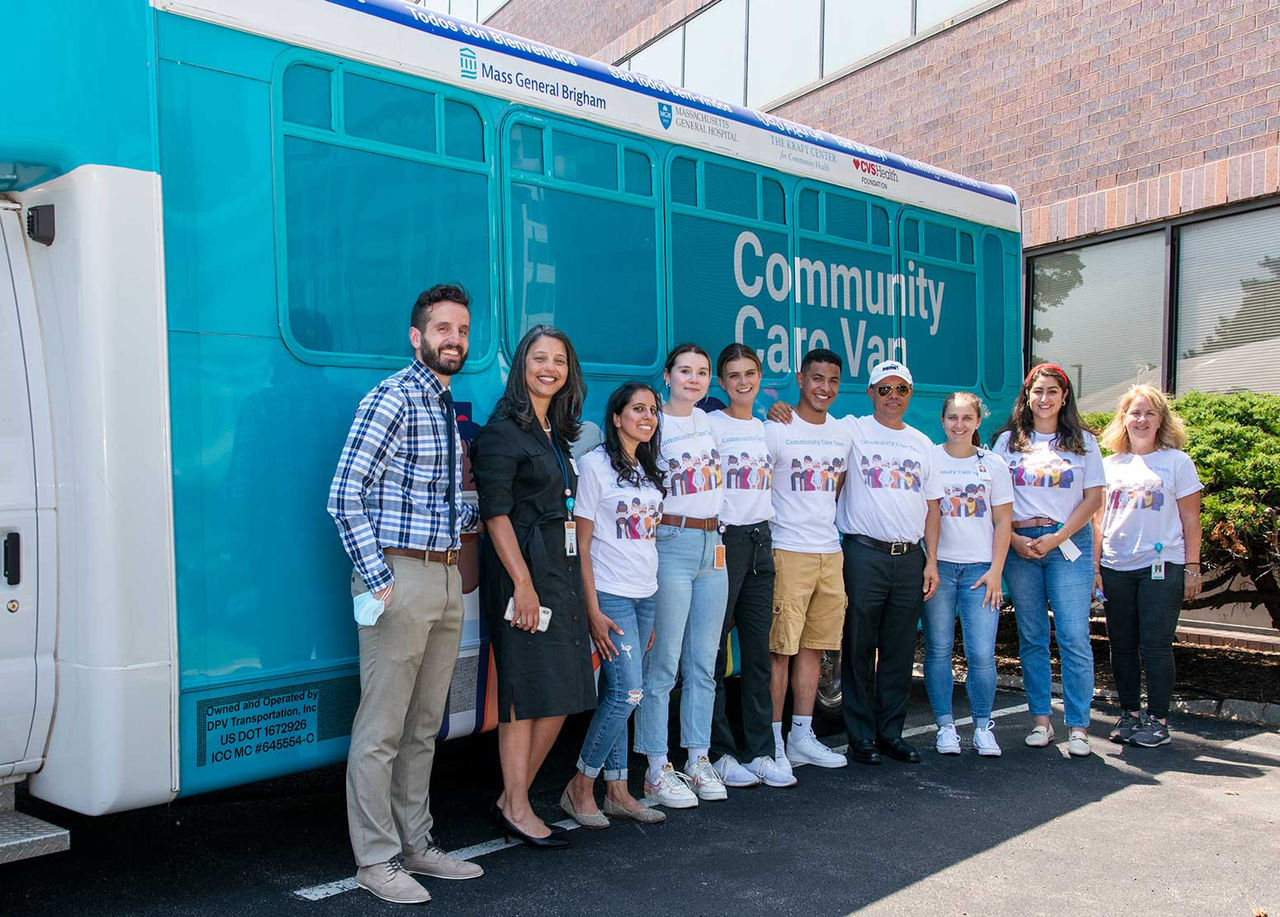-
- Find Care
-
- Visitor Information
- Find a Location
- Shuttles
- Visitor Policies
-
-
-
- Our Virtual Care Options
- Virtual Urgent Care
- Virtual Visits for Primary & Specialty Care
- Online Second Opinions
- Participate in Research
-
- Contact us
-
- For Innovators
- Commercialization Guide for Innovators
-
-
- Research News
- Alzheimer's Disease
- Artificial Intelligence
-
- Overview
-
- Overview
- Getting Started
- New to Mass General Brigham
- International Patient Services
- What Is Patient Gateway?
- Planning Your Visit
- Find a Doctor (opens link in new tab)
- Appointments
- Patient Resources
- Health & Wellness
- Flu, COVID-19, & RSV
- Billing & Insurance
- Financial Assistance
- Medicare and MassHealth ACOs
- Participate in Research
- Educational Resources
- Visitor Information
- Find a Location
- Shuttles
- Visitor Policies
- Find Care
-
- Overview
- Our Virtual Care Options
- Virtual Urgent Care
- Virtual Visits for Primary & Specialty Care
- Online Second Opinions
-
- Overview
- Participate in Research
-
- Overview
- About Innovation
- About
- Team
- News
- For Industry
- Venture Capital and Investments
- World Medical Innovation Forum (opens link in new tab)
- Featured Licensing Opportunities
- For Innovators
- Commercialization Guide for Innovators
- Contact us
-
- Overview
- Information for Researchers
- Compliance Office
- Research Cores
- Clinical Trials
- Advisory Services
- Featured Research
- Two Centuries of Breakthroughs
- Advances in Motion (opens link in new tab)
- Brigham on a Mission (opens link in new tab)
- Gene and Cell Therapy Institute
- Research News
- Alzheimer's Disease
- Artificial Intelligence
-
- Overview
-
- Overview
- Residency & fellowship programs
- Brigham and Women's Hospital
- Massachusetts General Hospital
- Mass Eye and Ear
- Newton-Wellesley Hospital
- Salem Hospital
- Integrated Mass General Brigham Programs
- Centers of Expertise
- Global & Community Health
- Health Policy & Management
- Healthcare Quality & Patient Safey
- Medical Education
- For trainees
- Prospective trainees
- Incoming trainees
- Current trainees
- Continuing Professional Development
Substance Use Disorder

The United States is in the midst of the worst overdose crisis our country's ever seen.
In this article, Sarah Wakeman, MD, Mass General Brigham senior medical director for substance use disorders, answers common questions about these conditions. She reflects on barriers to treatment and Mass General Brigham’s efforts to make care more accessible.
“Opioid overdose is an entirely preventable cause of death,” says Dr. Wakeman. “We know how to reverse an overdose. We know how to treat the underlying condition of opioid use disorder for people who have that. And we know public health and harm reduction interventions to keep people safe.”
“The raging overdose crisis to me is a sign of how much more work we have to do, both in delivering better and more person-centered clinical care, and also changing policy to fundamentally reimagine how we approach and care for people who use substances in a way that is equitable, compassionate, and rooted in evidence.”
Learn how Mass General Brigham’s Community Care Vans and Bridge Clinics are closing the gaps in substance use disorder care.
What is a substance use disorder?
“A substance use disorder (or SUD) is defined as compulsively using alcohol or drugs despite bad things happening to you,” explains Dr. Wakeman. “This means losing control over your use and continuing to use despite consequences to your health or your relationships and your ability to work.”
What are the common types of substances use disorders?
The substances use disorders Dr. Wakeman most commonly sees in clinical practice are:
- Alcohol use disorder
- Tobacco use disorder
- Opioid use disorder
- Stimulant use disorder
What causes substance use disorder?
While most people who use alcohol or other drugs do not develop SUD, a substantial minority can. We don’t know the exact cause, but risk factors for developing SUD include:
- Your genes
- Having an untreated mental health condition like anxiety, depression, or post-traumatic stress disorder
- Adverse early childhood experiences
- Being around peers who use substances
- Starting to use alcohol or other drugs at a young age
Adverse childhood experiences, like experiencing something traumatic, are among the strongest predictors of future SUD. Having experienced hardships as a child does not mean a person is destined to have a SUD, or that there is nothing to do to prevent a SUD. Positive childhood experiences, like having positive relationships with a parent or other caring adult, reassuring beliefs, and a supportive community can be protective.
Which substances can lead to addiction?
Some substances that may lead to addiction are prescription medications; others are non-medical drugs. Commonly used substances include:
Tobacco or nicotine
Nicotine is an addictive substance that can be harmful to adolescent brain development, which continues into the mid-20s. Smoking cigarettes can lead to tobacco use disorder. Young people who use electronic cigarettes (e-cigarettes or vaping) also may be more likely to smoke cigarettes in the future. While electronic cigarettes may be useful for adults with tobacco use disorder who have not been able to stop using combustible tobacco despite FDA-approved medications, electronic cigarettes are problematic for young people.
Cannabis (marijuana, hashish, weed, pot)
Cannabis comes from a plant and includes psychoactive compounds like THC, which can change your mood or consciousness.
Opioids
Opioids are drugs used to treat pain. They can be derived from plants or made synthetically in a lab. Opioids cause drowsiness, relieve pain, and can slow your breathing when taken in large amounts, causing overdose. Sometimes they lead to intense feelings of wellbeing and joy.
Examples include:
- Fentanyl
- Heroin
- Opium
- Codeine
- Opioid pain medicines. These medicines may be prescribed by a doctor or bought illegally.
Stimulants
These drugs stimulate the brain and nervous system, increasing energy. Stimulants include:
- Cocaine
- These include drugs used to treat attention-deficit/hyperactivity disorder (ADHD) such as methylphenidate (Ritalin®) and methamphetamine.
Depressants
Depressants cause drowsiness and reduce anxiety. Common depressants include:
- Alcohol
- Barbiturates
- Benzodiazepines (Valium®, Ativan®, Xanax®)
Hallucinogens
These substances cause hallucinations, things that you see, hear, or feel while awake that appear to be real. But instead of being real, they have been created by the mind. Hallucinogens include:
- LSD
- Mescaline
- Psilocybin (“mushrooms”)
- Phencyclidine (PCP, or "angel dust")
Diagnosis and treatments for substance use disorders
If you’re concerned you or a loved one may have a SUD, learn the signs of addiction and talk to your primary care provider (PCP). They can help connect you with care. Know that SUDs are common, treatable conditions.
There are 4 main treatments for substance use disorders:
1. Medications
There are FDA-approved and effective medication treatments for alcohol use disorder, opioid use disorder, and tobacco use disorder. For opioid use disorder, in particular, medications are lifesaving. They have been shown to not only increase the likelihood of recovery, but also to reduce mortality.
“While these medications should be made available with psychosocial treatments, like counseling or therapy, whether or not a person is interested or able to engage in those additional treatments, they should absolutely have immediate access to lifesaving medication treatment,” says Dr. Wakeman.
2. Psychosocial treatments, including cognitive behavioral therapy (CBT) and contingency management
CBT focuses on changing the thoughts and emotions that can affect behavior negatively. A therapist helps a person with SUD become aware of their thoughts and feelings. They work together on a process of changing the thoughts, and the emotional reactions and behaviors that go along with them.
“Contingency management is a type of therapy that rewards people for positive, health-seeking behaviors, like showing up for treatment,” explains Dr. Wakeman. “Health insurance companies actually use this type of approach. So if you've ever been reimbursed for your gym membership, you've actually engaged in contingency management and it's an incredibly powerful way of motivating behavior change.”
3. Recovery supports, such as peer support or recovery coaches
“We at Mass General Brigham use recovery coaches across a range of settings,” says Dr. Wakeman. “These are people in long-term recovery themselves who are not clinicians, but are essential, invaluable members of the care team who can provide support to patients based on their shared lived experience.
4. Harm reduction
This intervention focuses on reducing the negative consequences of use, irrespective of whether someone makes changes to their alcohol or drug use.
“Harm reduction is rooted in patient-centeredness, respecting the dignity and autonomy of the people we're caring for, and it’s also backed by evidence,” says Dr. Wakeman. “One of the best known models of harm reduction are syringe service programs, which give sterile syringes to people who inject drugs and have been shown to reduce the spread of HIV and also to lead to engagement around a number of other health-related behaviors. By simply thinking about and caring for people who use drugs and people with substance use disorder in a different way, we could see tens of thousands of lives saved each year.”
How to help a family member with drug addiction
“Historically, we've made addiction treatment really difficult to get,” says Dr. Wakeman. “Families and patients are often left on their own to navigate a complicated system, often facing waiting lists or delays in getting into care, and then again even after accessing care.”
“Much of what's called addiction treatment is really not rooted in evidence,” she adds. “This is really the opposite of what you'd want to see if you're designing an ideal system to take care of people who are already marginalized and at high risk of death. What we should be doing is dropping barriers to care, opening doors up wide, and welcoming people into treatment, making it as easy as possible for people to access care, and that's simply not how it's been historically.”
Mass General Brigham Substance Use Disorder Program
Bridge clinics are transitional outpatient addiction clinics for patients in need of rapid access to substance use disorder care. Four regional Bridge clinic hubs serve patients from any Mass General Brigham location and community members through both in-person and virtual care:
Brigham and Women’s Hospital Eliza Dushku Palandjian and Peter Palandjian Bridge Clinic
75 Francis Street, Suite 159
Boston, MA 02115
Phone: (617) 278-0172
Massachusetts Hospital Bridge Clinic
55 Fruit Street, Cox 1, Suite 110
Boston, MA 02114
Phone: (617) 643-8281
Merrimack Valley Bridge Clinic
600 Primrose St. Suite 100
Haverhill, MA 01830
Phone: (978) 469-5536
Salem Hospital Bridge Clinic
55 Highland Ave Suite 201
Salem, MA 01970
Phone: (339) 229-7683
Bringing SUD treatment to local communities
“Care for substance use disorder is a long-term process,” says Dr. Wakeman. “This is, for many people, a chronic health condition where treatment happens over months to years. The goal is really first, how do we engage with someone? How do we help them connect to whatever level of care they need? And then how do we help them stay engaged in care over the long haul?”
Mass General Brigham Community Care Vans are one effort to connect patients to SUDs treatment locally. The vans are part of the larger United Against Racism initiative at Mass General Brigham, which addresses structural racism affecting patients, staff, and the community.
“The ideal trajectory with the mobile work is that we would connect with people who maybe wouldn't know about our services, or wouldn't have felt comfortable or been able to access a brick-and-mortar bridge clinic,” explains Dr. Wakeman. “We first form that relationship. If people are interested and able, we connect them to the physical bridge clinic once they're a little bit more stable. The clinic is a place where they could continue to get their care, get treatment that can include medication, counseling, groups, recovery, coaching, seeing a psychologist, seeing a psychiatrist, maybe connecting to primary care if that's something they need.”

